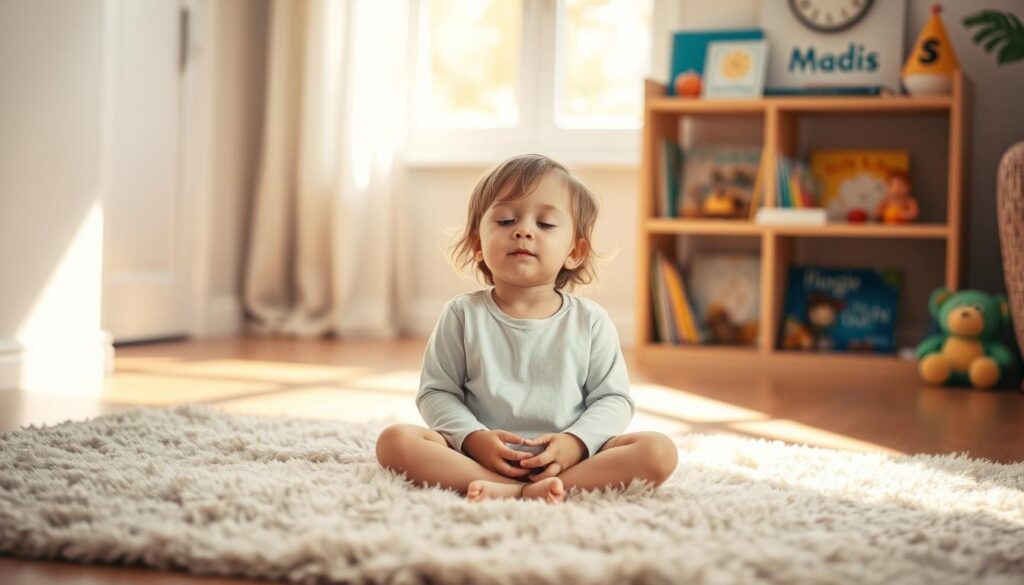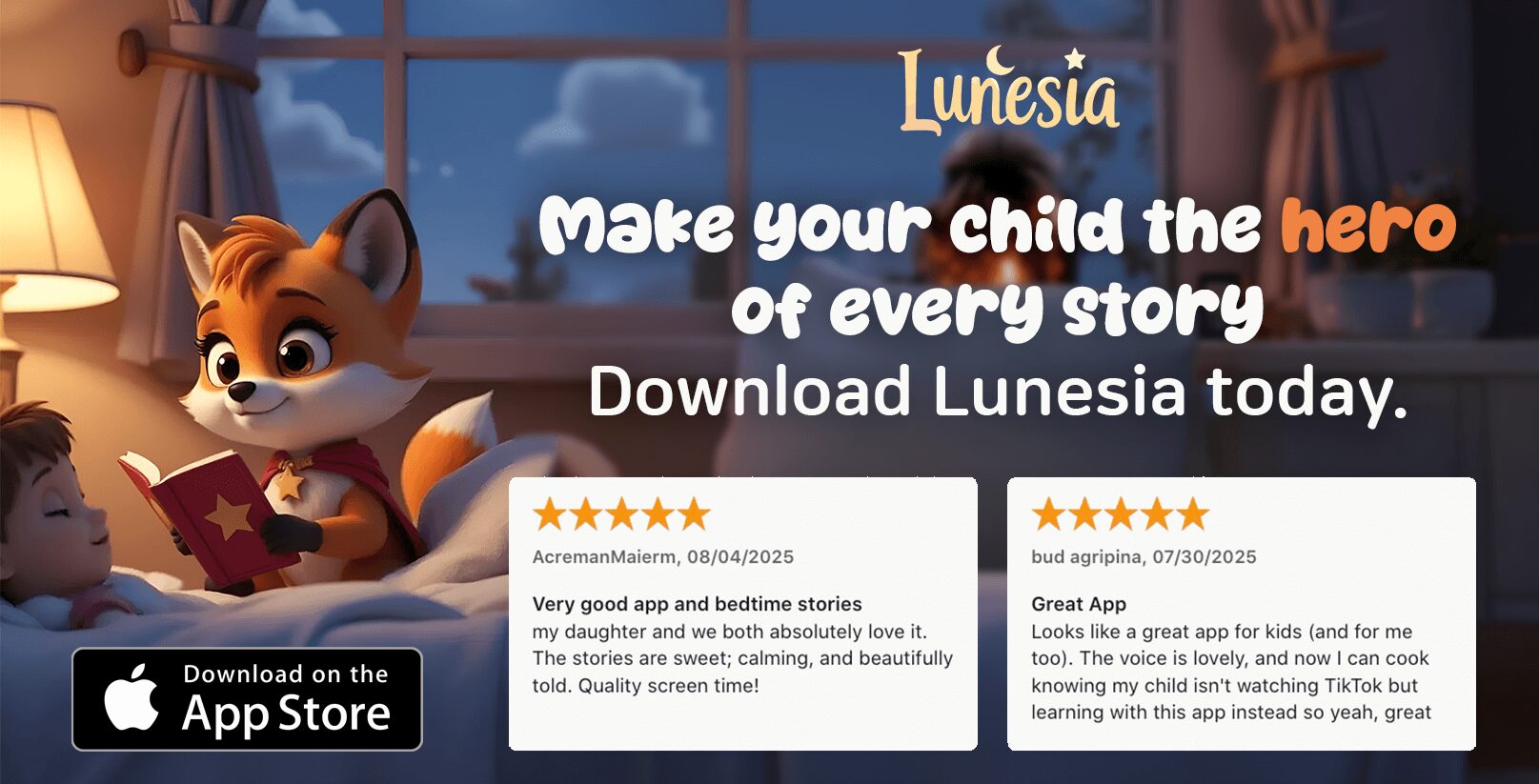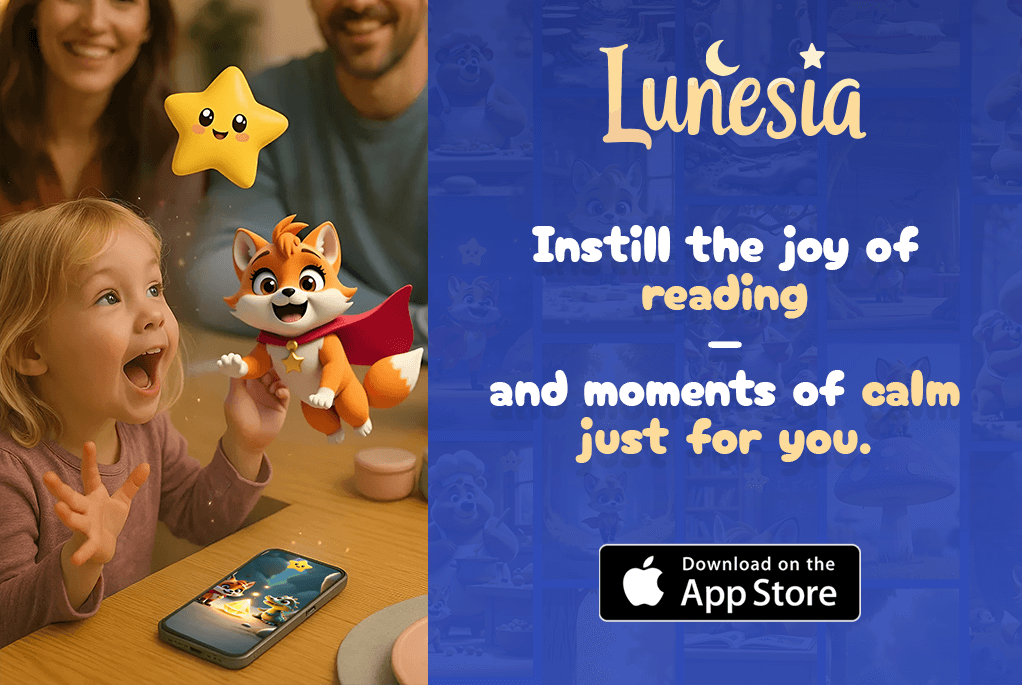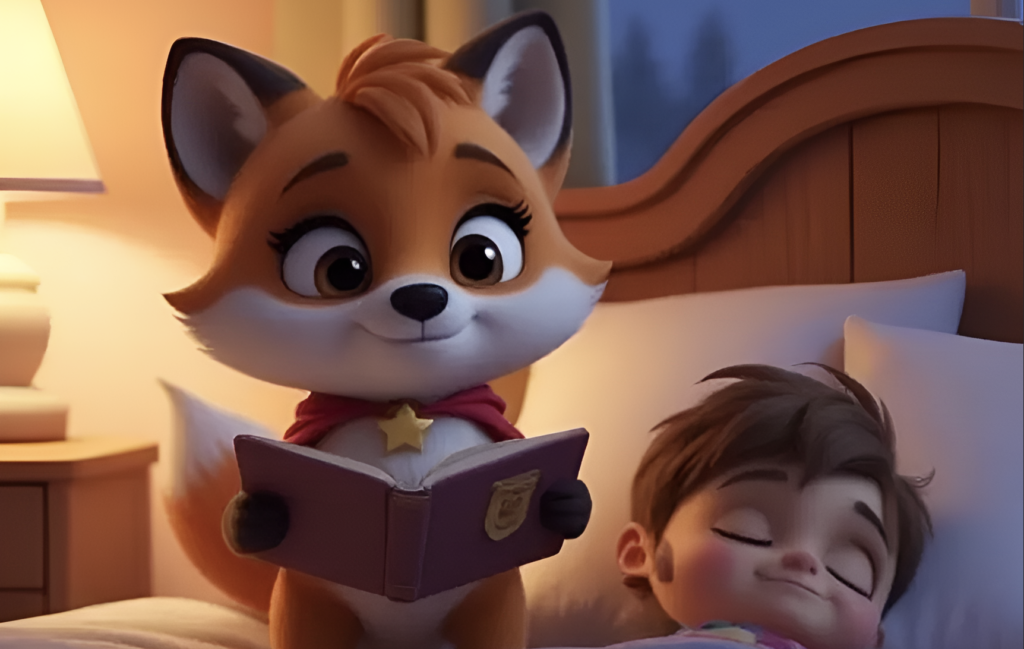As a parent, I’ve experienced the challenges of helping my child unwind and relax, especially in today’s fast-paced world. Creating a quiet moment in their daily routine can be a game-changer for their emotional development and overall wellbeing.
Digital tools, such as quiet time apps, have become essential in establishing peaceful routines for our little ones. Lunesia’s calming stories and Headspace for Kids are two popular options that can help children develop mindfulness habits. In this comparison, we’ll explore how these apps stack up against each other, examining their unique features and effectiveness in creating a serene atmosphere for our children.
By understanding the distinct approaches these apps take, we can make informed decisions about which one might better serve our child’s needs, helping us integrate digital mindfulness tools into our family’s daily life.
Understanding the Importance of Quiet Time for Children
In today’s fast-paced world, quiet time is more crucial than ever for children’s development. As a parent, you’re likely aware of the numerous benefits that quiet time can bring to your child’s life.
Quiet time provides children with essential moments to process their emotions, reflect on their experiences, and develop self-regulation skills that will benefit them throughout life.
The Benefits of Daily Quiet Time for Child Development
Research shows that children who engage in regular quiet time demonstrate improved focus, better emotional regulation, reduced anxiety, and enhanced creative thinking abilities. By incorporating daily quiet time into their routine, you’re helping your child develop foundational skills for emotional intelligence and mental wellness that will serve them well into adulthood.
How Digital Tools Can Enhance Mindfulness Practices
Digital tools like Lunesia and Headspace for Kids can transform the concept of quiet time by providing structured, age-appropriate content that guides children through mindfulness exercises in ways that feel like play rather than practice. These apps serve as bridges between our technology-centered world and the timeless need for inner stillness, helping children develop healthy relationships with both digital tools and their own thoughts.
By establishing a daily quiet time routine, you’re taking the time to be intentional with the one who loves you the most. This skill will take time and effort, but it will determine your success or failure in helping your child develop the skills they need to thrive.
Exploring Lunesia Quiet Time App Features
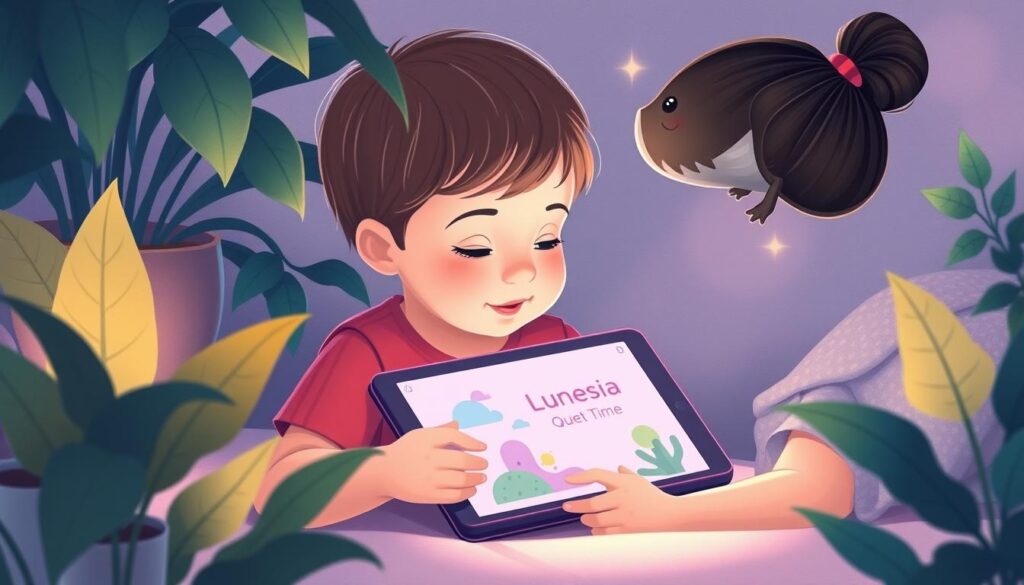
Discover the unique features that make Lunesia Quiet Time App a valuable tool for parents seeking to create a peaceful environment for their children. The app is designed to help kids relax, focus, and develop mindfulness skills through engaging stories and interactive elements.
Calming Stories and Guided Meditations
Lunesia’s quiet time app stands out with its library of original calming stories specifically crafted to engage children’s imagination while guiding them toward relaxation and mindfulness. The app features professionally narrated tales with soothing background sounds that create immersive environments, from gentle ocean waves to soft forest ambiance, helping children transition into a peaceful state of mind.
Interactive Elements That Engage Children
Unlike generic meditation apps, Lunesia incorporates interactive elements that respond to touch, allowing children to feel personally connected to their quiet time experience through gentle animations that appear as they progress through stories. This interactive approach helps maintain children’s interest and engagement.
Customization Options for Different Ages
Parents appreciate the customization options that allow them to select content appropriate for different age groups, from toddlers to pre-teens, with varying story lengths and complexity levels to match attention spans and developmental stages. This feature ensures that the app remains relevant and effective as children grow.
The Lunesia Quiet Time App is designed to be a comprehensive tool for parents, offering a range of features that cater to different needs. With its guided meditations, specialized content for emotional needs, and regular updates, the app provides a valuable resource for families seeking to establish a peaceful and mindful environment.
Lunesia vs. Headspace for Kids: A Detailed Comparison
As a parent, you’re likely considering various options for your child’s relaxation and mindfulness, with Lunesia and Headspace for Kids being top contenders. Both apps aim to provide a healthy quiet time experience, but they differ in several key aspects.
Content Library and Story Selection
Lunesia offers an extensive collection of original bedtime stories, with over 75 stories and growing. In contrast, Headspace for Kids provides fewer stories but includes more structured meditation sessions organized by age groups and objectives. This difference in approach can significantly impact your child’s quiet time experience.
| Feature | Lunesia | Headspace for Kids |
|---|---|---|
| Content Type | Original bedtime stories | Structured meditation sessions |
| Content Variety | 75+ stories | Fewer stories, more guided meditations |
User Interface and Child-Friendliness
Lunesia’s interface is designed with warm colors and intuitive navigation, making it easy for children to use independently. Headspace, on the other hand, maintains its signature clean, minimalist design that may appeal more to older children. The app you choose should be engaging and easy for your child to use.
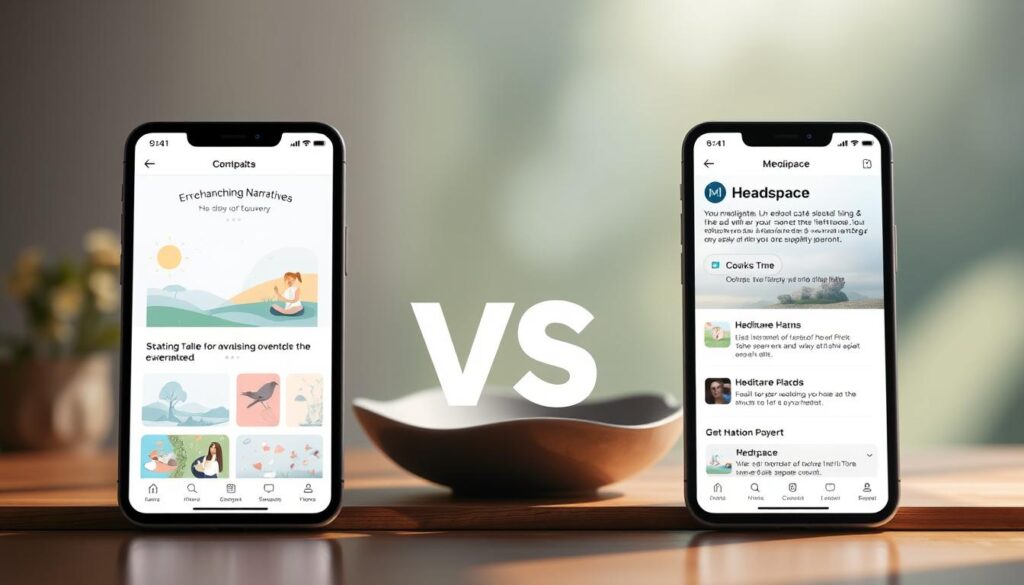
Effectiveness for Bedtime Routines
Parents report that Lunesia’s stories are more effective for bedtime routines, helping children fall asleep faster and stay asleep longer. Headspace excels at daytime mindfulness exercises, helping children reset during challenging moments. Consider what time of day you plan to use the app with your child.
“The right guide can make all the difference in a child’s ability to relax and focus.”
Pricing and Subscription Options
Both apps offer free trials, but their subscription models differ. Lunesia provides a more affordable monthly option with all content included, while Headspace requires its premium family plan to access the full kids’ content library. Consider your budget and the value you place on the things your child will gain from the app.
In conclusion, both Lunesia and Headspace for Kids have their strengths and weaknesses. By considering factors like content, user interface, effectiveness, and pricing, you can make an informed decision about which app is best for your child’s quiet time needs.
How to Maximize Your Child’s Experience with Lunesia
To get the most out of Lunesia, it’s essential to create an environment that fosters mindfulness and calmness. This involves more than just using the app; it’s about cultivating a peaceful atmosphere that encourages your child to relax and focus.
Setting Up the Perfect Quiet Time Environment
Designate a special, comfortable space for quiet time, free from distractions. Consider creating a cozy corner with soft pillows, gentle lighting, and a special “quiet time” blanket to signal that it’s time to wind down. You can also enhance the ambiance by playing some soothing music or lighting a candle.
Establishing a Consistent Routine
Consistency is key to making quiet time effective. Establish a regular time each day when your child knows they’ll have their special Lunesia moment. This could be part of the bedtime routine or a midday reset after school. By doing so, you’ll help your child develop a healthy habit that promotes relaxation and mindfulness.
Combining App Use with Other Mindfulness Practices
To further enhance your child’s Lunesia experience, consider combining app use with other mindfulness practices. For example, you can create a simple pre-Lunesia ritual, such as taking three deep breaths together or sharing one thing you’re grateful for today. You can also keep a quiet time journal where your child can draw or write about their favorite stories or how they felt during their Lunesia time.
By implementing these strategies, you’ll be able to maximize your child’s experience with Lunesia and help them develop a lifelong appreciation for mindfulness and quiet time.
Conclusion
In today’s fast-paced world, teaching children the value of quiet time is more important than ever. Both Lunesia and Headspace for Kids offer valuable tools for introducing children to the lifelong benefits of mindfulness, with Lunesia excelling in storytelling and bedtime routines, while Headspace provides more structured meditation guidance.
The best app for your family depends on your specific goals, whether it’s improving sleep, managing anxiety, or teaching mindfulness as a daily practice. Remember, technology works best as a supplement to, not a replacement for, the quiet moments you share with your child throughout the day. For more insights on bedtime stories apps, you can visit Lunesia’s comparison of bedtime stories apps vs and explore the top 6 children’s story apps.
By establishing consistent quiet time routines with supportive digital tools like Lunesia, you can help your child develop emotional regulation skills that will serve them throughout life’s challenges. The investment in teaching children to value quiet reflection pays dividends far beyond childhood, helping them develop healthy relationships with technology, others, and their own thoughts and feelings.
FAQ
How do I help my child get the most out of their daily moments of mindfulness?
To maximize the benefits, create a calm environment, and establish a consistent routine that includes guided meditations and calming stories tailored to their age.
What features should I look for in a mindfulness tool for my child?
Look for interactive elements, customization options, and a user-friendly interface that engages your child and makes mindfulness practices enjoyable.
Can digital tools really make a difference in my child’s mindfulness practice?
Yes, digital tools can enhance mindfulness practices by providing access to a library of calming content, guided meditations, and interactive elements that foster a deeper sense of calm and focus.
How do I choose the best mindfulness app for my child?
Consider factors such as content library, user interface, effectiveness for bedtime routines, and pricing options to find the best fit for your child’s needs.
What are the benefits of incorporating mindfulness into my child’s daily routine?
Daily mindfulness practices can lead to improved emotional regulation, increased focus, and a stronger sense of calm, ultimately supporting healthy development.
Can I customize the mindfulness experience for my child?
Many mindfulness tools, offer customization options to tailor the experience to your child’s age, needs, and preferences, ensuring a more effective and enjoyable practice.
